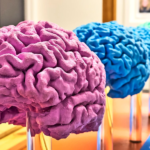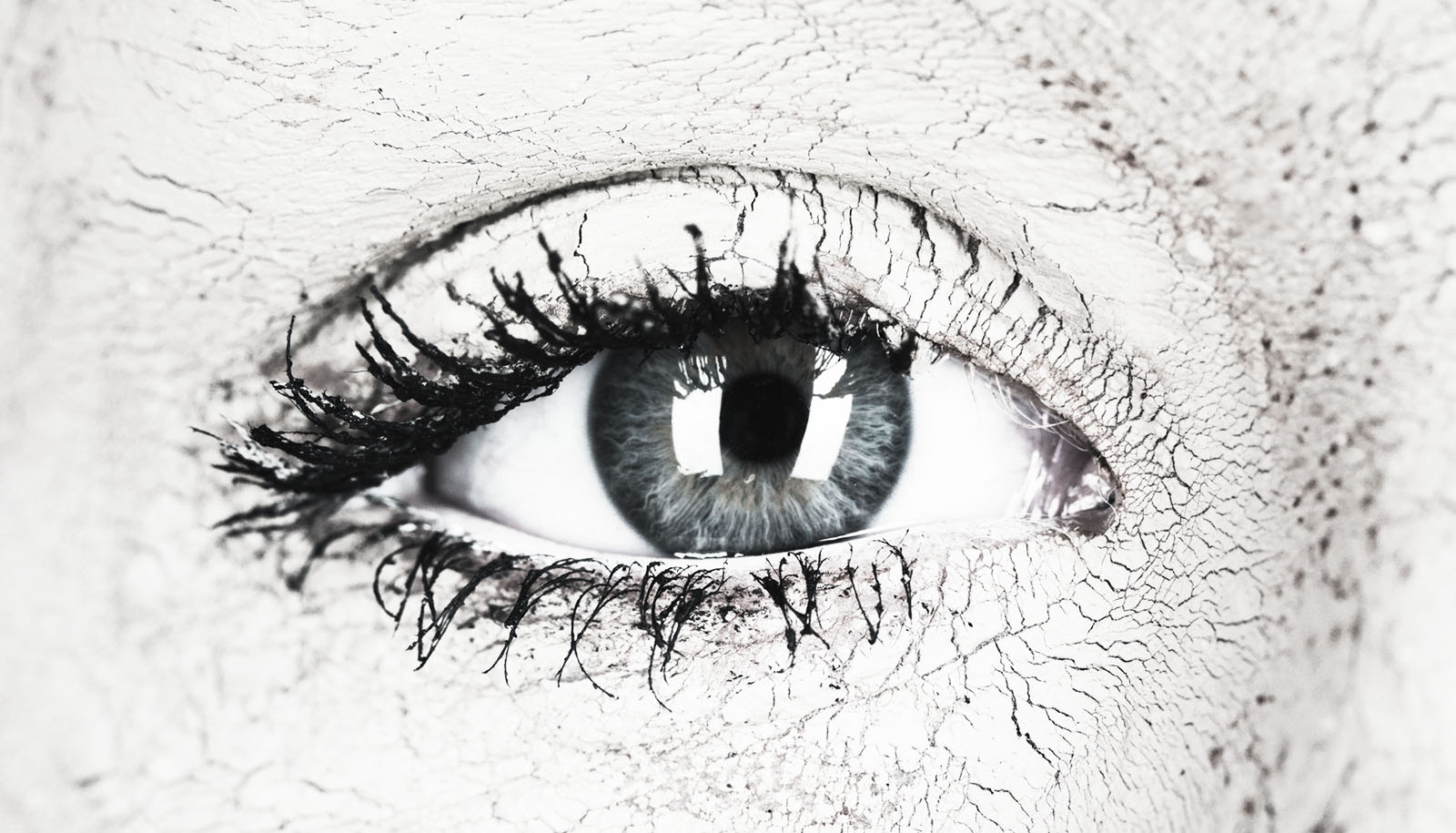In his new book, Nicholas Mirzoeff explains how visual culture has upheld white supremacy—through art, monuments, and surveillance—and offers ways to dismantle it.
The phrase “white supremacy” can evoke images of the Charlottesville rally, Confederate monuments, and police brutality. But what if white supremacy is also perpetuated through classic works of art, face masks, or drones?
According to Nicholas Mirzoeff, professor at New York University’s Steinhardt School of Culture, Education, and Human Development, all of these things fall under the purview of “white sight”—a system that centers the experience of those identifying as white onto the world, and positions whiteness as the default. Mirzoeff’s scholarship has addressed media depictions and related visuals of subjects including the Black Lives Matter movement and the Iraq War.
In White Sight: Visual Politics and Practices of Whiteness (MIT Press, 2023), Mirzoeff suggests that throughout the centuries, cultural icons such as sculptures of Apollo Belvedere and Venus de Milo contributed to a concept of beauty equated with whiteness, while Confederate monuments served to equate whiteness with power. These symbols, along with modern-day surveillance and the policing of non-white people, work together to reinforce a culture in which whiteness is upheld within a racialized hierarchy as “superior.”
If unchecked, Mirzoeff warns, the crisis of white supremacy will threaten social justice advancements on a global scale. Here, Mirzoeff talks about the evolution of white visual culture, present-day efforts to perpetuate white supremacy, and ways to dismantle oppression:
Author Profile
- "Center" Bias Rating
- Futurity is a nonprofit website that aggregates news articles about scientific research conducted at prominent universities in the United States, the United Kingdom, Canada, Europe, Asia, and Australia. It is hosted and edited by the University of Rochester.
Latest entries
 ScienceOctober 24, 2024Brain difference tied to autism found in living people for 1st time
ScienceOctober 24, 2024Brain difference tied to autism found in living people for 1st time ScienceOctober 23, 2024Older adults keep their cool in hot weather
ScienceOctober 23, 2024Older adults keep their cool in hot weather ScienceOctober 23, 2024American teens feel pressure in 6 areas of life
ScienceOctober 23, 2024American teens feel pressure in 6 areas of life ScienceOctober 23, 2024How guilt and shame control environmental decisions
ScienceOctober 23, 2024How guilt and shame control environmental decisions

